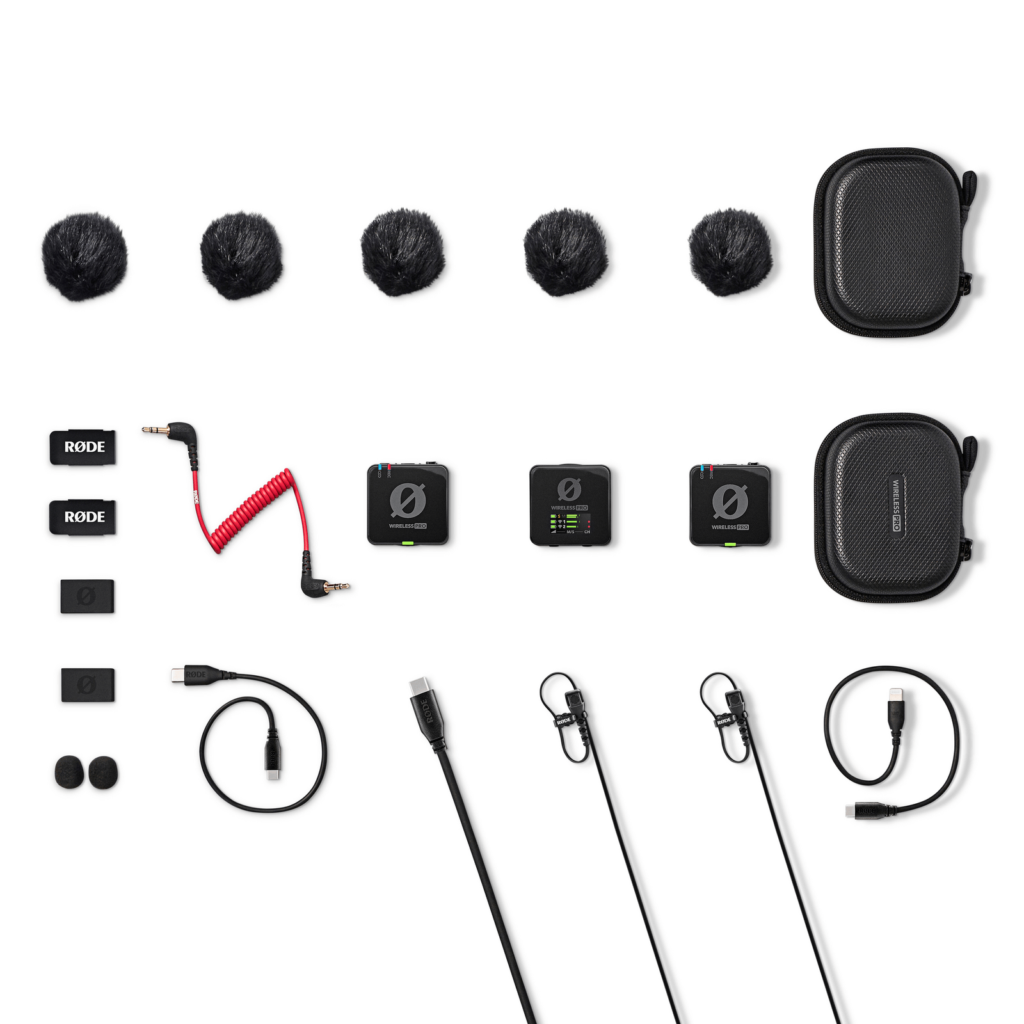Wireless Mic Revolution: Sound Without Limits
Wireless Mic Setup Made Easy for Beginners
Basic Information
In recent years, technology has transformed the way we create, perform, and experience sound. From recording studios to live performances, audio innovation has taken center stage — and at the heart of this transformation is the wireless mic. What was once a luxury for professional musicians and broadcasters has now become an accessible tool for creators, podcasters, educators, and even hobbyists. The wireless microphone revolution has truly redefined how we connect sound with freedom, precision, and creativity.
The Evolution of the Wireless Microphone
The wireless mic was first introduced to eliminate the physical limitations of wired connections. Traditional microphones, while known for their reliability and sound quality, restricted performers with tangled cables and limited range. As live shows became more dynamic and performances more interactive, the demand for mobility grew.
Over the decades, manufacturers have developed wireless systems that offer crystal-clear sound, minimal latency, and extended range — making them suitable for everything from high-energy concerts to corporate conferences. With the integration of advanced digital transmission technologies, modern wireless mics now provide unparalleled clarity and stability, ensuring that every note and word reaches the audience without interference.
How Wireless Mics Changed the Sound Industry
The introduction of wireless technology didn’t just make performances more convenient — it fundamentally changed how sound is produced and delivered. Performers now move freely across stages, presenters engage directly with audiences, and filmmakers record audio without cumbersome setups.
This shift has also influenced the recording industry. In home studios, content creators are increasingly adopting wireless systems for their flexibility and professional sound quality. Whether it's podcasting, online teaching, or live streaming, a wireless mic ensures clear, uninterrupted audio that enhances listener experience.
Moreover, the portability of these devices makes them ideal for fieldwork and outdoor shooting, where cable management can be challenging. From street interviews to travel vlogs, wireless microphones bring professional-grade sound to any setting.
Key Advantages of Wireless Microphones
-
Freedom of Movement – The most obvious advantage of going wireless is mobility. Performers, speakers, and content creators can move naturally without worrying about cables.
-
Clean Setup – Wireless systems reduce clutter and make setup faster and more organized. This is especially useful in live shows and studio environments.
-
Extended Range – Modern wireless systems can transmit signals over long distances without loss of quality, allowing for larger stage setups and outdoor use.
-
Professional Sound Quality – With digital signal processing, many wireless mics deliver audio clarity that rivals or surpasses their wired counterparts.
-
Versatility – From handheld transmitters to clip-on lavaliers and headset microphones, the range of options suits different needs across industries.
Choosing the Right Wireless Mic
Selecting the perfect wireless mic depends on the intended use. For musicians, a dynamic handheld mic might be ideal for live performances due to its durability and sound projection. Podcasters and content creators often prefer condenser lapel mics for their sensitivity and discreet design.
When shopping for equipment, consider factors such as frequency range, battery life, transmission distance, and compatibility with your audio setup. Digital wireless systems tend to offer better performance in terms of stability and sound quality, while analog systems may be more affordable and simpler to operate.
In Australia, the growing number of online stores makes it easy to explore and compare various models before making a purchase. Just as music enthusiasts can find guitars online in Australia, audio professionals can browse a wide range of wireless microphones that fit both their creative and technical needs.
The Connection Between Wireless Audio and Modern Music
Interestingly, the wireless mic revolution goes hand in hand with how modern music is produced and performed. As digital platforms continue to rise, musicians are blending traditional instruments with modern audio solutions. For example, when artists shop for guitars online in Australia, they often complement their instruments with wireless transmitters that allow them to perform untethered.
This wireless freedom has expanded the creative boundaries of live shows. Guitarists can now roam across stages without tripping over cables, singers can interact closely with fans, and performers can synchronize their movements with complex lighting and visual effects — all while maintaining flawless audio transmission.
Wireless technology has also enhanced collaboration. With easy connectivity, multiple performers can use wireless devices simultaneously without interference, enabling complex live arrangements that were once difficult to execute.
The Future of Wireless Audio
The evolution of wireless audio is far from over. With advancements in Bluetooth LE Audio, AI-driven noise cancellation, and 5G integration, the next generation of wireless mic systems will offer even greater precision and connectivity.
These innovations promise to make wireless audio more adaptive, eco-friendly, and accessible to everyone — from independent content creators to large-scale production houses. The shift toward smart, energy-efficient devices also means longer battery life, faster setup times, and seamless synchronization across multiple devices.
In essence, the wireless microphone is no longer just an accessory; it’s a cornerstone of modern sound engineering. As the world continues to embrace mobility and flexibility in every form of media, the demand for high-quality wireless systems will only continue to grow.
Conclusion
The wireless mic has transcended its role as a simple recording tool to become a symbol of creative freedom. It empowers professionals and enthusiasts alike to explore new dimensions of sound without the constraints of cables or limited range. Just as musicians discover inspiration when they browse guitars online in Australia, the evolution of wireless technology opens endless possibilities for innovation and expression.


